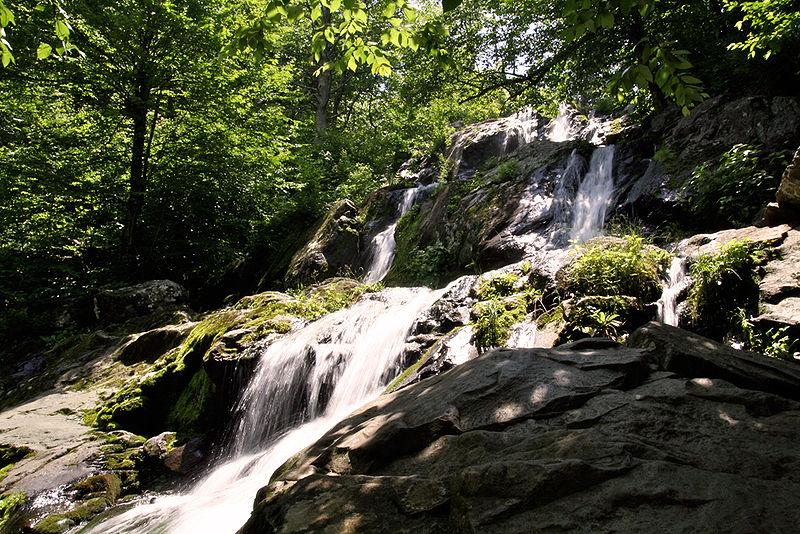
Stay safe on the trail! Before leaving the house for a trek through the wilderness, make sure you’ve packed a first aid kit and that you’re prepared to avoid and treat these hiking injuries:
Bee Stings and Insect Bites
Avoid: Wear bug spray and don’t mess with a hornets’ nest.
Treatment: Remove the stinger and use pain relievers, a cold pack, anti-itch creams and/or antihistamines as necessary. If you’re allergic to bee stings, you should carry your epinephrine auto-injector with you at all times. Educate your fellow hikers on how to use it. For severe reactions including major pain, swelling, nausea, or difficulty breathing, seek medical attention.
Cuts and Scrapes
Avoid: Watch your step, especially in water and on rocks. Be careful with knives, tools, and other sharp objects.
Treatment: Apply pressure with a clean cloth or gauze to stop the bleeding. Clean the wound with water, apply an antibiotic like Neosporin, and then dress the wound with a bandage. Seek medical attention if you need stitches or think you may need a tetanus shot (especially if the wound is deep or dirty).
Dehydration
Avoid: Drink plenty of water! You’ll know you’re getting enough if you have to urinate regularly and your urine is clear. Otherwise, consider drinking more. Remember, don’t just drink when you’re thirsty – prevent that thirst in the first place.
Use a pouch like a CamelBak so that your water supply is easily accessible. If you’re traveling through the backcountry, make sure you have a plan for filtering water you find along the way.
Treatment: Feeling especially thirsty, dizzy, or lightheaded? Not urinating enough? Stop, rest, and drink water in small sips until you feel better. Then, be sure to keep drinking as you hike.
Sprains
Avoid: Good footwear with ankle support can help. But the best way to stay sprain safe is to simply watch your step, especially on uneven terrain.
Treatment: Use the RICE method:
- Rest the sprain as much as possible. If you must hike out with a sprained ankle, lean on a friend or a stick for support, using the injured limb as little as possible.
- Ice the area every few hours for no longer than 20 minutes at a time.
- Compression: Use a wrap or brace, but don’t make it too tight.
- Elevation: Put the sprain above the level of your heart to reduce swelling.
Sunburn
Avoid: Follow the advice of the popular 1999 single “Everybody’s Free (To Wear Sunscreen)”: wear sunscreen. Wear a hat and, if you’re particularly sensitive to the sun, comfortable clothing that covers your arms and legs.
Treat: You can ease the pain with a cold compress, aloe, and aspirin or ibuprofen. Unfortunately, time is the only thing that will heal the burn. And by the way, don’t pop those blisters – it’ll just take longer to heal and they could get infected.
Final Thoughts
Remember, first aid should be the first thing you do after an injury, not necessarily the only thing. Once you get safely off the trail, visit your nearest FastMed urgent care location for more comprehensive assistance.
For more information on first aid for various conditions, see Mayo Clinic’s first aid information.
About FastMed
FastMed is a leading provider of high-quality, convenient, affordable, and compassionate healthcare in 34 counties across North Carolina. FastMed serves both urban and rural communities across the state with a wide range of care options, including preventive, telemedicine, occupational health, and primary and urgent care. FastMed is one of the few urgent care providers in the nation that has earned The Joint Commission’s coveted Gold Seal of Approval® for quality, safety, and infection control in ambulatory healthcare. For more information, visit www.fastmed.com.